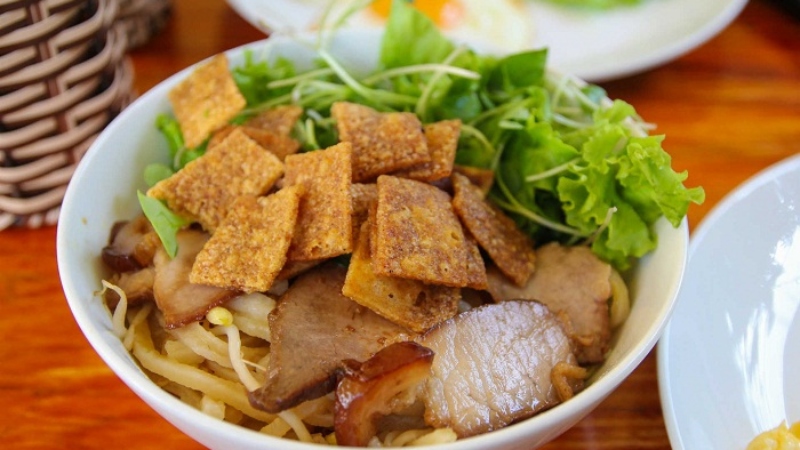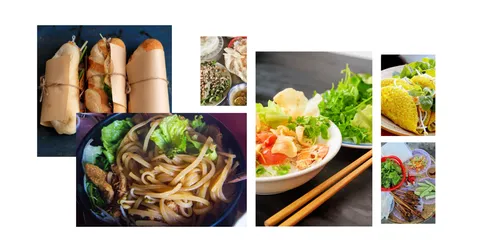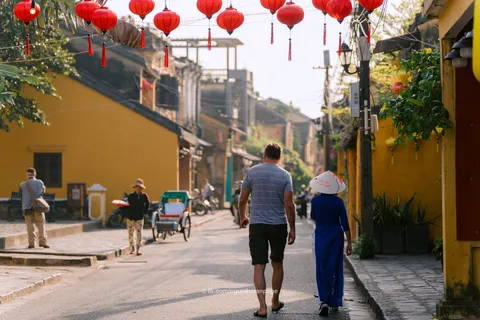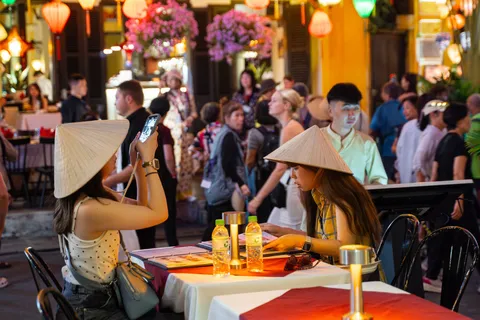Cao Lau: A Culinary of Hoi An's Cultural Heritage
Cao Lau, a renowned dish from Hội An, Vietnam, traces its roots back to the 17th century when Hội An's port opened for international trade. While the Japanese were early visitors, it was the Chinese immigrants who left a lasting impact on this ancient town. Cao Lầu stands out as a unique creation, neither a typical noodle dish nor similar to phở.
The Origins of Cao Lau Hoi An: Traditional Culinary Legacy Of Hoi An Old Town
Cao Lau, a renowned dish from Hội An, Vietnam, traces its roots back to the 17th century when Hội An's port opened for international trade. While the Japanese were early visitors, it was the Chinese immigrants who left a lasting impact on this ancient town. Cao Lầu stands out as a unique creation, neither a typical noodle dish nor similar to phở.
Cao Lau features mì cao lầu, a special noodle made exclusively in Hội An from premium rice and water drawn from a local well. The noodles are combined with marinated meat, herbs like cilantro and mint, and garnishes such as fried shallots and crispy rice crackers.
Served in two-story eateries (restaurant) with vibrant lanterns. Cao Lầu offers a sensory experience immersed in Hội An's ancient charm. The name 'Cao Lầu,' derived from the Vietnamese words 'Cao' meaning 'high' and 'Lầu' meaning 'floor' (referring to the upper level), further enhances its allure.
Cao Lau is a culinary fusion that represents various influences, but its name likely originates from Chinese, suggesting elevated flavors and luxurious dining. In the past, affluent diners enjoyed this sophisticated dish known as 'cao lương mĩ vị' while dining on upper floors of Hội An's restaurants.
Ingredients
The main ingredients of Cao Lau include thick rice noodles, slices of juicy and tender pork, bean sprouts, fresh herbs and crispy rice crackers.
Drying topping under the sun
The dish is typically using a small amount of broth or sauce. It uses simmering pork bones for several hours to achieve a rich and flavorful base.
What is special?
What sets Cao Lau apart from other noodle dishes is the noodles themselves. How to make noodles: The rice soaks in the water of the Ba Le well.
The water from this well has certain mineral properties that give the noodles their unique texture and taste. After that, mix the noodles with ash water... This combination of rice and ash water gives the noodles their distinct color, chewy texture, and slightly smoky flavor.
Raw vegetables at Hoi An Market
The pork marinates with various spices, including five-spice powder. Afterward, will roast or braise until it becomes tender and flavorful.
Decoration
The slices of pork are put on top of the noodles, along with bean sprouts, fresh herbs like mint and coriander, and crispy rice crackers for added crunch.
Cao Lau is typically using just a small amount of flavorful broth or sauce. The combination of chewy noodles, succulent pork, fresh herbs, and crispy elements creates a delightful contrast of textures and flavors.

Drying noodles and topping
If you visit Hoi An, trying Cao Lau is a must. Not only is it a delicious dish, but it is also a representation of the rich culinary heritage of the region. There are many local restaurants and food stalls in Hoi An that specialize in serving Cao Lau.
***Thank you so much for your valuable time***


.webp)
.webp)





